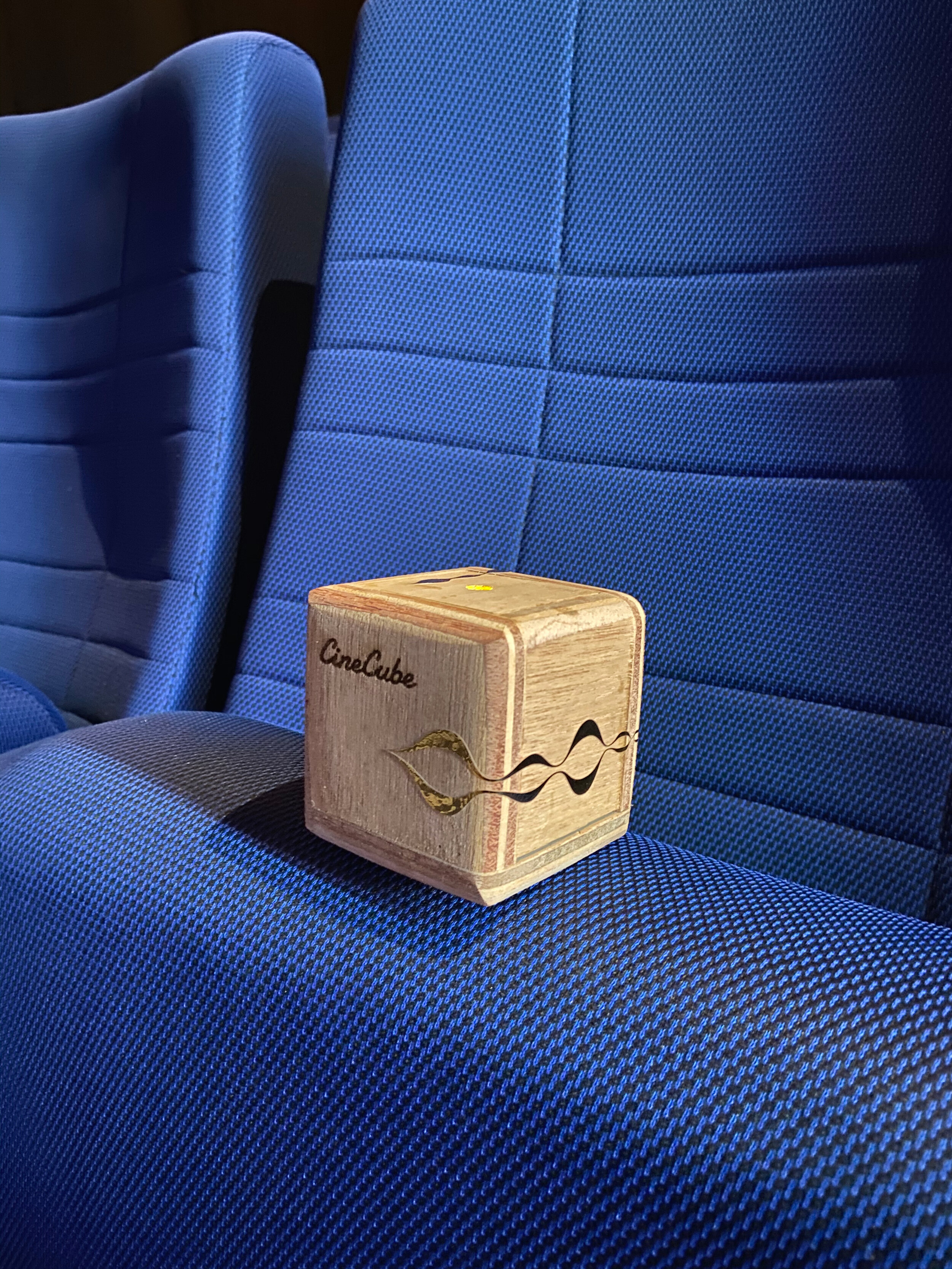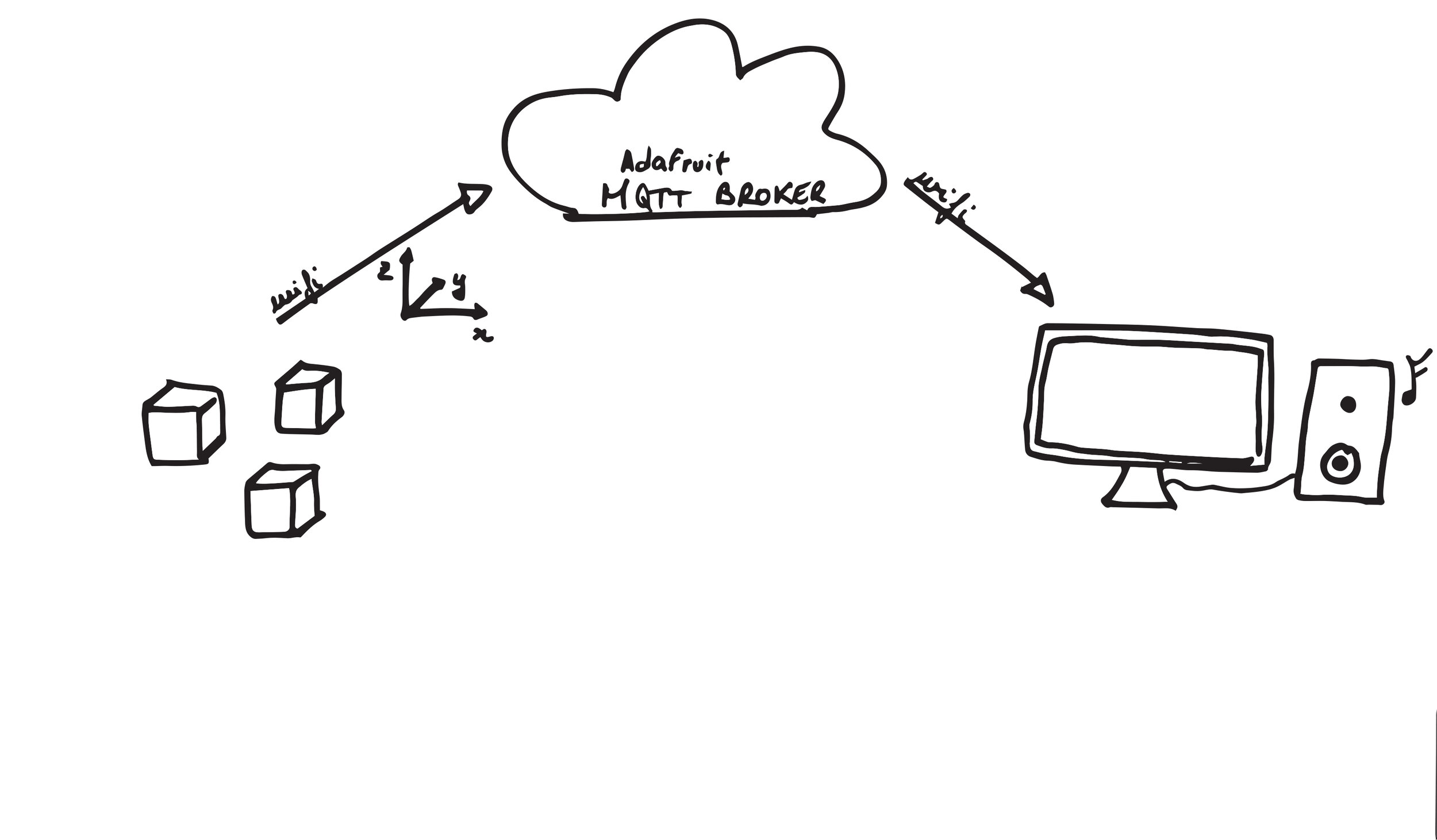CineCube
Product Design, Animation, Video Editing, Development
An 8-week project, november-december 2020
The Connected Cinemas are five rural cinemas across Europe, connected to the Civic Interaction Design research group at the Amsterdam University of Applied Sciences. They want to attract a younger audience to their cinemas by offering a service that could differentiate them from streaming services and megaplexes. We were asked to tackle this issue with a playful digital media installation.
Clients: Martijn de Waal, Pamela Nelson, Katy Barnard, Margit Middleman, Susa Pop – Connected Cinemas. Partner organisations: Neue Kammerspiele, Kleinmachnow & Public Art Lab, Berlin. In cooperation with the following EU cinemas: Fortress Sibenik, Croatia; Amza Pellea Cinema, Rasnov, Rumania; Cinema Centras Garsas Panevezys City, Lithuania and Cinema Star, Veria, Greece.
In a nutshell
Problem: Smaller local cinemas are rethinking their role for the 21st century as they increasingly face competition from streaming services and large screen megaplexes.
Consequence: In response, local cinemas are exploring the direction of becoming a culture and innovation hub. This includes new forms of visual media and interactive installations and the organization of festivals and cultural programs.
Question: How can we transform their cinemas into a culture center with playful media installations at events that target a younger audience?
Task: exploring how to transform cinemas into cultural centers and connecting audiences through playful interactive solutions.
Solution: We brainstormed about how we could take millennials on a cinematic journey so that they can escape reality. We used techniques like brainstorming, brain-writing, and forced connections. Eventually, we came up with three concepts:
1. Melody Cubes: Melody Cubes are positioned at seats in the cinema. These allow players to create a melody collaboratively before and after the movie.
2. Cinema Confessions: Booths, located inside the cinema but outside the black box, that asks visitors to come and share their cinema-related confessions.
3. Filter Screen: Two screens, attached to each other, with cameras on both sides, allow viewers to watch to the other side of the screen, but with a filter that looks like an illustration.
From the stakeholders' feedback and the research group, together with our preference, we focussed on the Cubes that we developed further into CineCubes. We didn't want to replace the excising cinematic experience but instead expanding it further with our concept. CineCubes are spread throughout the seats and are connected with the centralized stereo. Each cube controls a sound channel that corresponds to the movie, and by jiggling the cube, the player plays their track. For the song to play ultimately, collaboration is required.
Demo
How it works – left: live demo
Each CineCube is equipped with an Arduino, accelerometer, battery, and a light. The measurement data needs to communicate with a digital audio workstation (DAW) that would only turn on a song channel once a cube moves and will be muted when sitting still. We tested the cube's multiple sizes and materials and ended up with 8cm in wood, decorated with sound waves. The light on top does not only reveal the technology inside the artifact but can also act as a system indicator to show, for example, that the connection is poor.
It is not our intention to break the highly appreciated movie-watching experience with the CineCubes. Instead, we try to bring the audience together by creating a shared atmosphere of discovery and enthusiasm before the film starts. The digital media installation is highly suitable for festivals and cultural programs but can also be used for premieres or theme nights.





Skills developed:
Raspberry Pi
MQTT
Ableton
Trigger Animation
So as not to leave people completely in the dark (literally), I created a short animation that asks them to pick up the Cube and play with it a bit, twisting and turning it to find out what it does.




